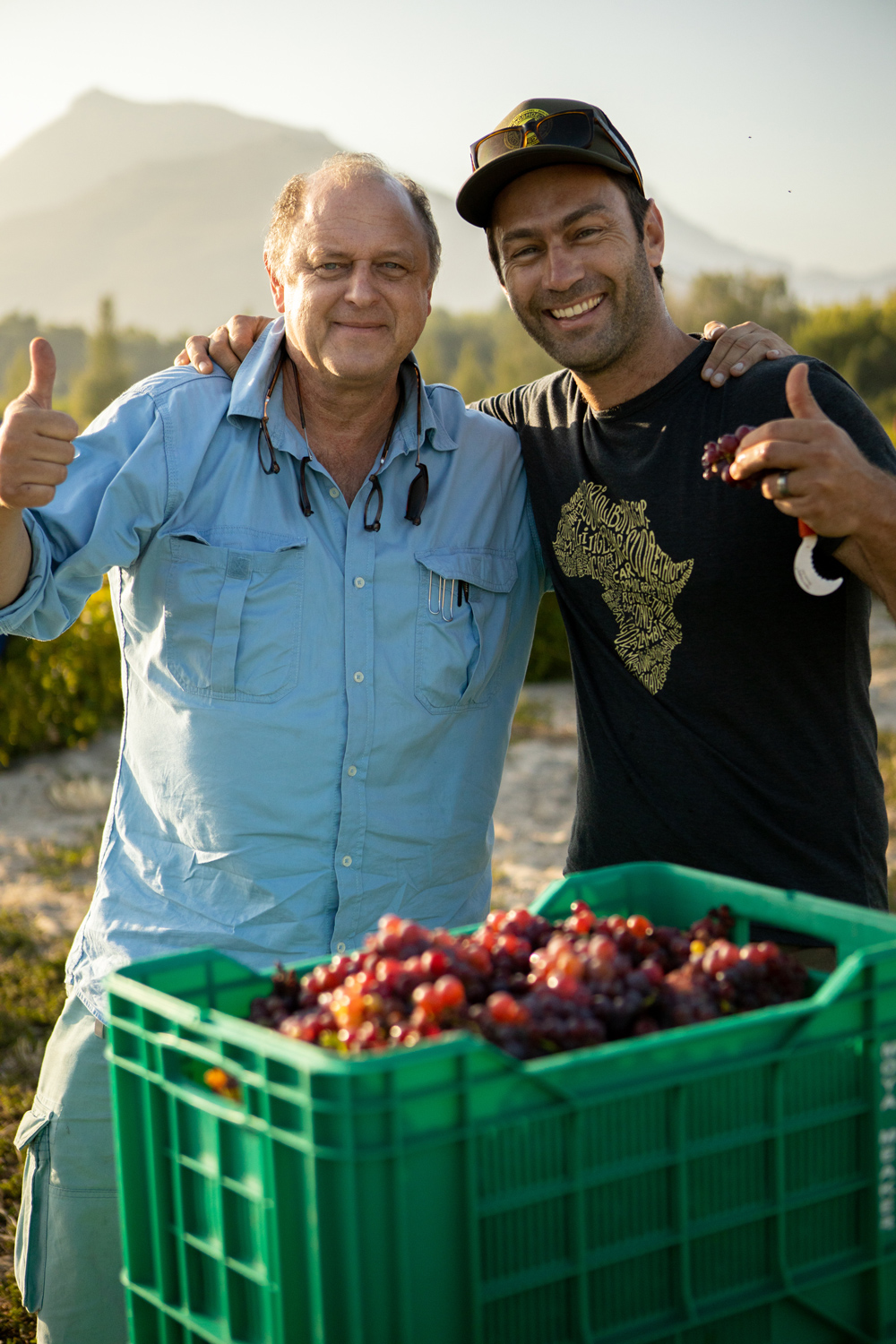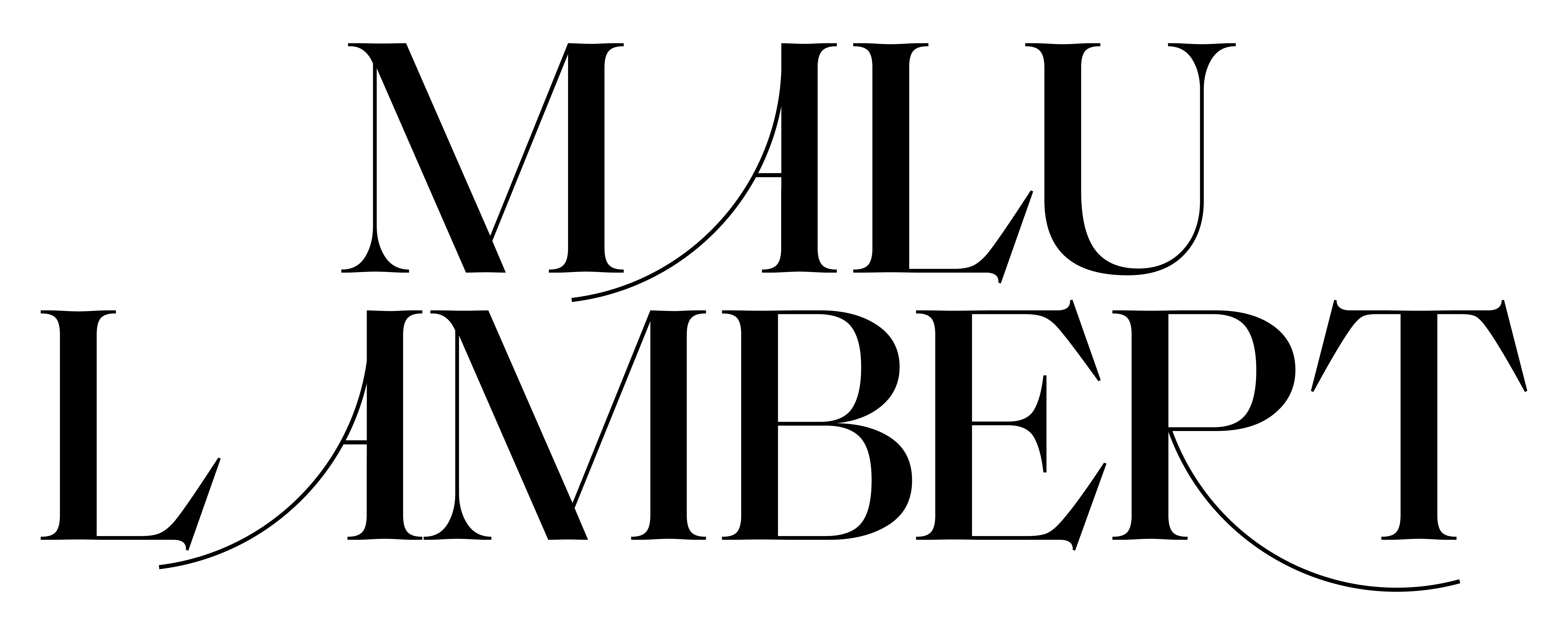3.
Semillon Gris: South
Africa’s old-vine oddity
There’s
something strange happening in South Africa’s Semillon vineyards. Green bunches
turn red the one year, then back to green the next. Hung like Christmas baubles
on gnarled bushvines, the shapeshifting clusters are an enduring mystery.
Viticultural juggernaut and protector of old vines, Rosa Kruger thought she was losing her mind when she first noticed this phenomenon known as red Semillon or Semillon Gris.
‘I started marking the mutated [red] vines while taking cuttings for planting material,’ she explained when I asked her about the variety. ‘The following year the bunches on the vine would be green again. I thought I was making a mistake, but after a couple of years I realised that Semillon Gris can actually mutate back to Blanc. In general though, the Gris vineyards are fairly consistent once they’ve mutated.’
Semillon Gris is largely unique to the Cape winelands and appears to be an old-vine oddity. One of the Cape’s oldest varieties, Semillon was widely planted in the early 1800s. It was so ubiquitous it was simply called Groen Druif translating to ‘green grape’ from Afrikaans.
These days plantings of Semillon have fallen massively, though there are still pockets of heritage vineyards, some more than 100 years old, carefully guarded by viticulturists and winemakers. In the early 1800s it’s said that 80% of the vines in South Africa were thought to be Semillon. By the mid-1800s half of these had mutated into Semillon Gris. By the mid-1800s half of these had mutated into Semillon Gris.
Viticultural juggernaut and protector of old vines, Rosa Kruger thought she was losing her mind when she first noticed this phenomenon known as red Semillon or Semillon Gris.
‘I started marking the mutated [red] vines while taking cuttings for planting material,’ she explained when I asked her about the variety. ‘The following year the bunches on the vine would be green again. I thought I was making a mistake, but after a couple of years I realised that Semillon Gris can actually mutate back to Blanc. In general though, the Gris vineyards are fairly consistent once they’ve mutated.’
Semillon Gris is largely unique to the Cape winelands and appears to be an old-vine oddity. One of the Cape’s oldest varieties, Semillon was widely planted in the early 1800s. It was so ubiquitous it was simply called Groen Druif translating to ‘green grape’ from Afrikaans.
These days plantings of Semillon have fallen massively, though there are still pockets of heritage vineyards, some more than 100 years old, carefully guarded by viticulturists and winemakers. In the early 1800s it’s said that 80% of the vines in South Africa were thought to be Semillon. By the mid-1800s half of these had mutated into Semillon Gris. By the mid-1800s half of these had mutated into Semillon Gris.
Green and Red
Is
the secret the Cape’s sunshine? One such sun-soaked day before the Covid-19
lockdown, I made my way to Swartland for the weekend. My first stop was to
track down Andrea Mullineux of Mullineux & Leeu Family Wines to pull at the
threads of this red-skinned mystery.It’s big sky and big sun country here, and the aspect of Roundstone Farm – tucked into a mountainside in Swartland’s heartland – is tilted just right to soak up those life-giving rays.
Since purchasing Roundstone in 2014, Andrea and husband Chris have planted Syrah, Chenin Blanc, Cinsault, Clairette Blanche, Roussanne, Maccabeu and Semillon Gris. The vineyards fan over a bedrock of deep schist.
‘It’s all about texture,’ Andrea says of the glass of The Gris Semillon Old Vines 2018 she poured. ‘The vineyard was planted in 1960. It’s from an extremely rare, dry-farmed vineyard planted on the granite soils of the Paardeberg. The grapes were hand-picked and fermented naturally in a single barrel.’
Aromas of pear, orange rind and jasmine tea rise from the glass, but this wine is all about the palate. There’s a tension; a pull between chalkiness and an oily glycerol roundness, with a saline edge and bright, pithy acidity. As I leave, Andrea hands me my next piece of the Semillon Gris puzzle: ‘Get a hold of Jasper Wickens. He has a wine you must try.’

Jean Smit (right) of Damascene
Sun and Latitude
Winemaker
Jasper and his viticulturist wife Franziska make wines under their Swerwer
label on her family farm in Paardeberg. Jasper thinks the key to the Gris
mutation may lie in South Africa’s latitude.‘For centuries Semillon was the Cape’s most widely planted grape, and as time passed in its new African environment – with hotter, more intense sun and UV conditions than in France – farmers discovered their grapes turning red or pink. My guess is the pigmentation is a way for the grape to protect itself from the sun.
‘It used to be such a common sight that farmers simply referred to it as Rooi-Groendruif or Rooi-Groen [red-green] for short,’ he explains.
‘We have old records which stated the amounts of mutated vines. In certain cases farms were told to harvest and deliver the two colours of grapes to the co-ops separately. This is how common and significant the phenomenon was.’
He pours a bottle of his Swerwer, Rooi-Groen Semillon 2018. Where the Mullineux wine was lemon in colour, Jasper has worked more with the skins to produce a wine that is burnished copper.
There’s gingered peach, orange and blossom aromas. Then nectarine, red apple and grapefruit fill the palate, leading to a gently savoury finish.
Not only is the wine a triumph in taste but so is its genesis: made from a young Gris vineyard planted specifically for the purpose – something not thought possible.
︎︎︎
‘Franziska
and her father started selecting mutated vineyard material from an old 1960s
block,’ explains Jasper. ‘From those propagated cuttings, they then selected
the best young vines over a three-year period. The grapes stayed pink-red. From
this vineyard only the best material was again used to establish another
vineyard close to my cellar. That vineyard is now six years old.’

Ancient Vines
A
few hours’ drive from Swartland is Franschhoek, the unofficial capital of
old-vine Semillon, with the oldest block dating back to 1902. Surrounded by
three mountains, there are more shadows here than in Swartland, but the sun
still locks heat into the alluvial soils.
Franschhoek’s most famous Semillon vineyard is called La Colline. Planted in 1936, it’s used by a few lucky winemakers, including Chris Alheit of Alheit Vineyards.
‘During summer, these tightly planted bushvines form a slightly wild looking mess of life and grapes,’ says Chris. ‘In winter they resemble a crowd of drunkards cartwheeling across the slope. It is a beautiful old thing.’
The Semillon Blanc here is interplanted with the Gris: ‘At this age the vines are very settled, giving a dependable crop of perfect little yellow and pink pearls of flavour,’ he says.
Franschhoek’s most famous Semillon vineyard is called La Colline. Planted in 1936, it’s used by a few lucky winemakers, including Chris Alheit of Alheit Vineyards.
‘During summer, these tightly planted bushvines form a slightly wild looking mess of life and grapes,’ says Chris. ‘In winter they resemble a crowd of drunkards cartwheeling across the slope. It is a beautiful old thing.’
The Semillon Blanc here is interplanted with the Gris: ‘At this age the vines are very settled, giving a dependable crop of perfect little yellow and pink pearls of flavour,’ he says.
Boekenhoutskloof,
hidden away in the furthest corner of Franschhoek, also makes use of La
Colline.
Winemaker
Gottfried Mocke blends parcels of both Gris and Blanc from the three oldest
vineyards in the region: 1902, 1936 and 1942. The grapes are whole-bunch
pressed and then spontaneous fermentation takes place in foudres and concrete
eggs. To create the oxidative style he is looking for, Mocke ferments the juice
at low temperatures to inhibit malolactic activity.
His 2017 Semillon is rich and textured. It has the texture of a red, though its flavours are all white: lemony with waxy lanolin and roasted nuts.
His 2017 Semillon is rich and textured. It has the texture of a red, though its flavours are all white: lemony with waxy lanolin and roasted nuts.
Unique Treasure
It
was at Boekenhoutskloof that Jean Smit fell in love with Semillon. Previously
winemaker there, he now has a project called Damascene, sourcing grapes from
exceptional sites across the Cape.The Franschhoek vineyards for Damascene’s 2018 Semillon were planted in 1942 and 1962. ‘We are acutely aware of how fortunate we are to be working with this unique piece of South African viticultural history,’ he explains.
A
blend of Blanc and Gris, the wine is all about nuance: a tug between density
and weightlessness, poise and phenolic grip. Blossom and white peach pull you
in to a palate that’s oily and mouthcoating, with an endless luscious finish.
Time, the sun and the latitude of the Cape winelands have all conspired to bring about a grape that, more than its colour-changing skin, has become a national treasure – even if it is an enigma.
From the dry bowl of Swartland, to the mountainous ridges of Franschhoek, Semillon Gris has captured the imagination of some of South Africa’s most talented winemakers, who are nurturing an 18th-century mystery back to life. ︎
Time, the sun and the latitude of the Cape winelands have all conspired to bring about a grape that, more than its colour-changing skin, has become a national treasure – even if it is an enigma.
From the dry bowl of Swartland, to the mountainous ridges of Franschhoek, Semillon Gris has captured the imagination of some of South Africa’s most talented winemakers, who are nurturing an 18th-century mystery back to life. ︎

